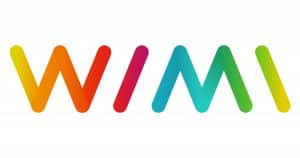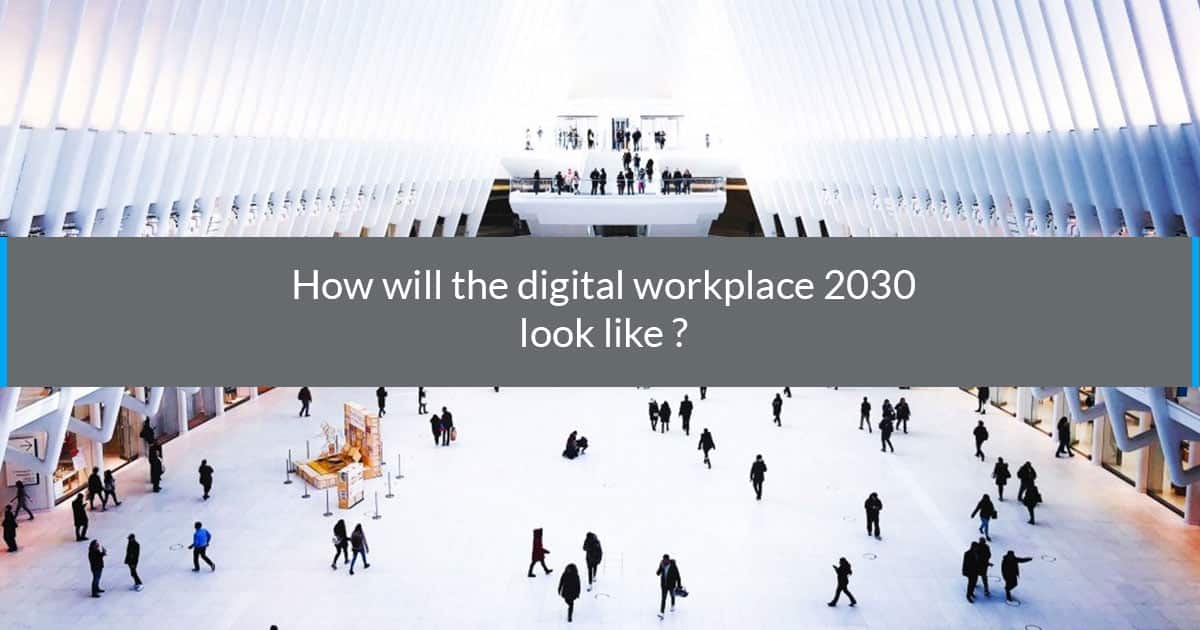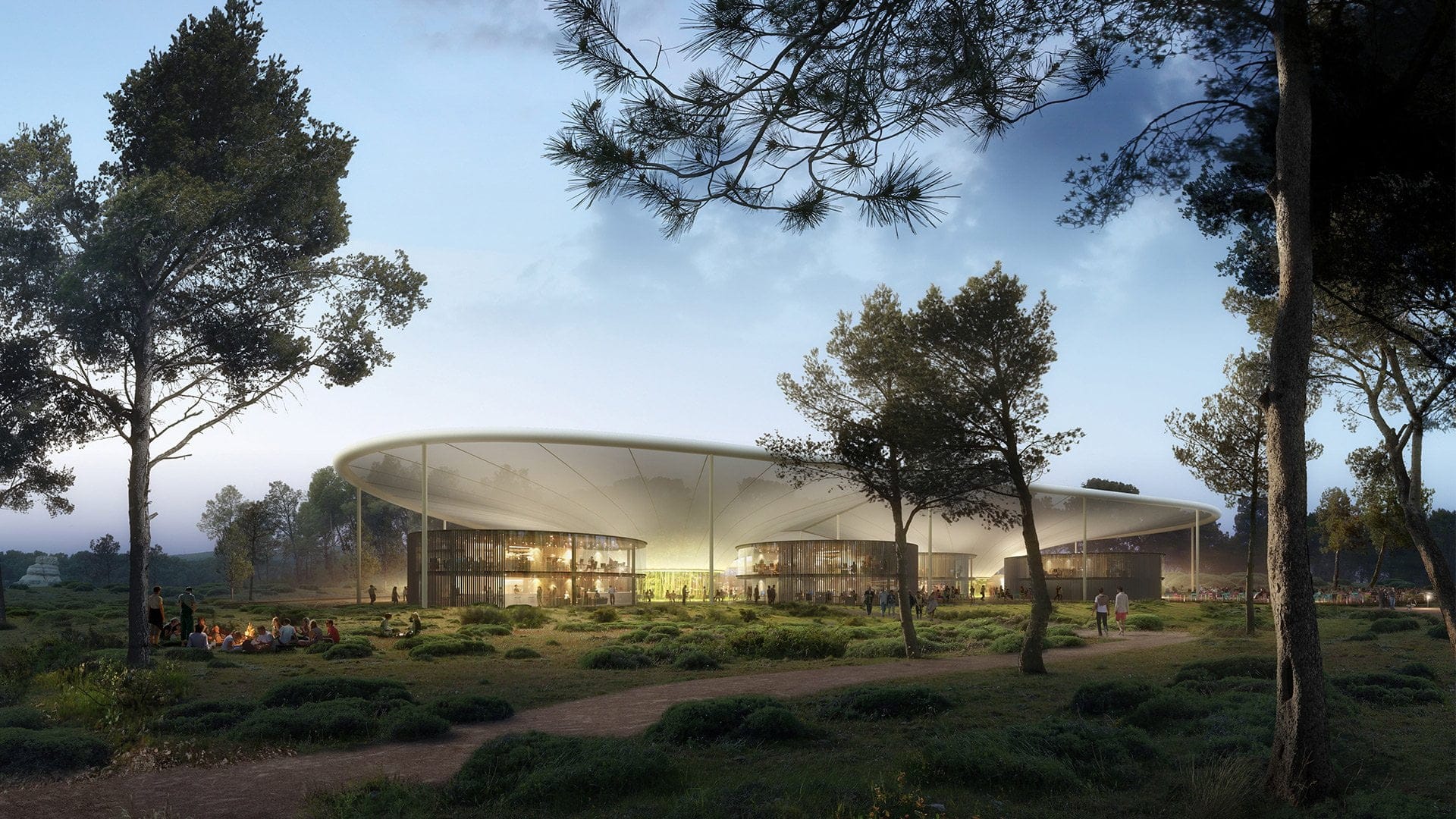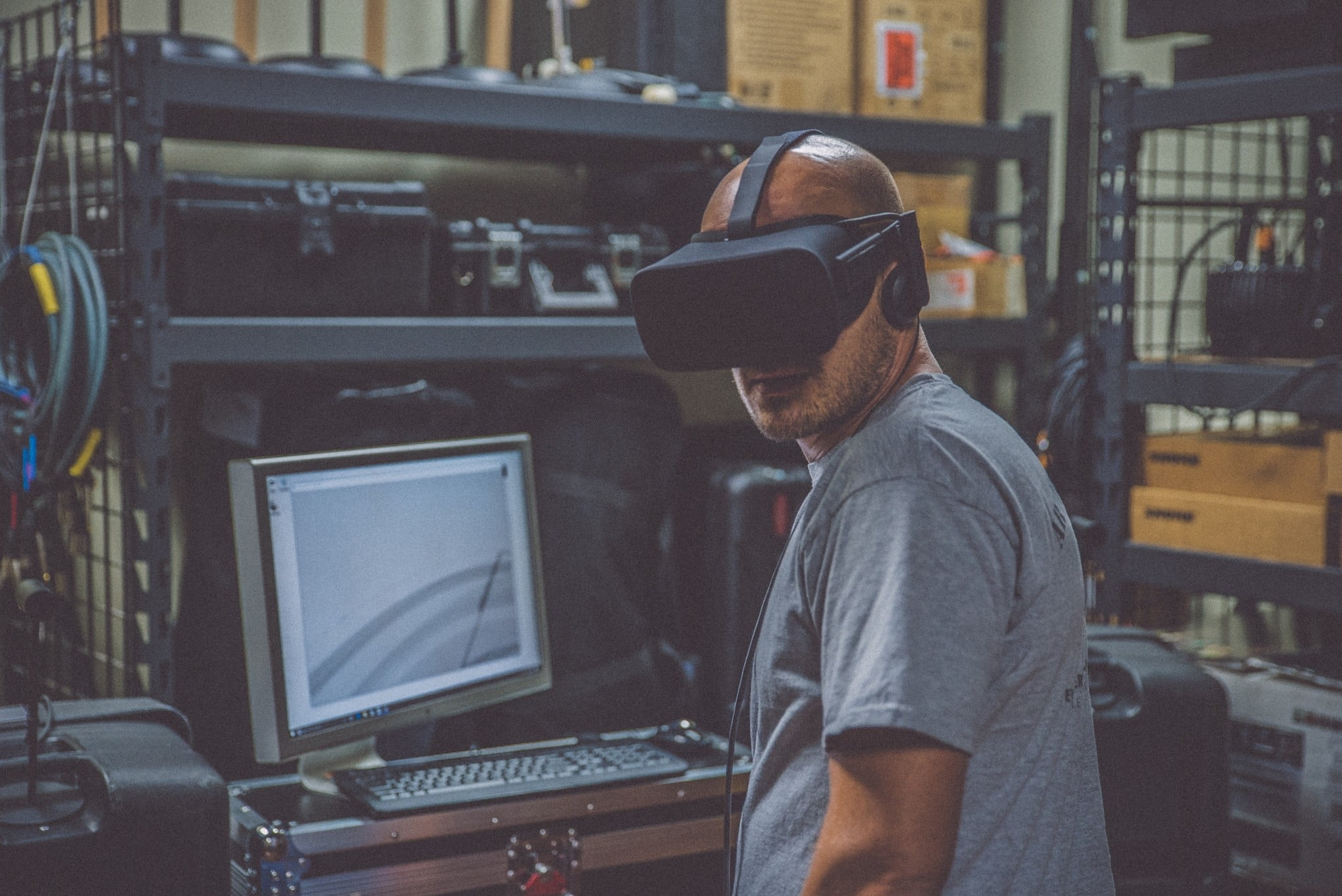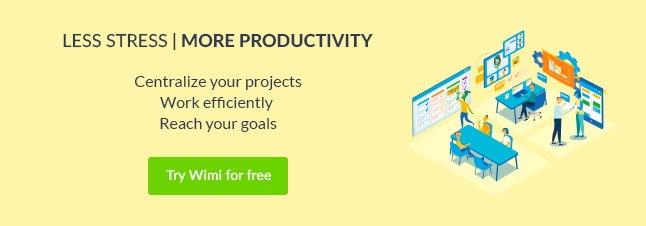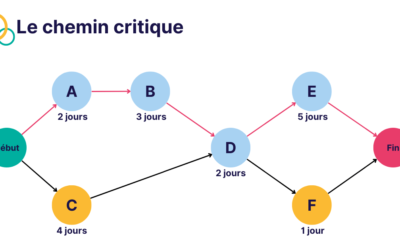Change is apart of our daily life not only at home but also in our workplace. Transformations happen faster and are more important than ever before in this digital age. Managers and teams have to find the best solutions to improve their digital transformation process and adapt to new challenges.
Therefore, management and digital transformation managers must consider new methods of working and ways in which they can adapt and improve the workplace to suit its new challenges. The Digital Workplace Group (DWG) recently published a report on the key elements of the digital workplace of tomorrow (Digital Workplace 2030: preparing for the digital workplace of the future).
We must prepare for this digital transformation in the workplace today: the Wimi team has identified several challenges that we will face in the new Digital Workplace, including:
1- Creating a unified digital workplace
Space is an essential dimension of Digital Workplace 2030 : it deals with embedding information and connecting people, as well as removing and reshaping the traditional boundaries that we currently associate with work. Because of the digitalisation, interactions between employees are dematerialized and the question of space in the digital workplace is central.
This area will develop in a way which will bring about fundamental changes to our ideas about :
- Digital and physical spaces we inhabit at work and at home
- The familiar boundaries of organizations and teams
- The nature of collaboration and cooperation
- The gap between physical and digital reality
Campus working
By 2030, workplaces will be completely transformed by the need for creativity, productivity and inclusiveness. They will become adaptable and hybrid spaces like campuses, precincts and hubs, designed to provide for a number of different organisations and goals. Creativity, innovation and community will be the pillars for their establishment.
In southern France, for example, “thecamp” is a futuristic hub whose objective is to bring together people from different backgrounds, generations and professions to work on projects and big challenges. Its objective is to enable these people to : meet the most inspiring people in the world, have the optimal ressources to launch and develop their projects, live in the future of innovative technology.
By 2030 campus working will have become a norm, also embodying a more sustainable model for living and working. The workplace will shift from being a place that workers are forced to attend, to an attractive and inspiring place that is considered pleasant and even a privilege. Such places will attract talent and build a global shortage of qualified employees.
Hyper-collaboration
By 2030, millennials will represent around 75% of the workforce. This generation actually possesses a huge need for collaboration and cooperation in their working habits, and this will become the norm in the Digital Workplace 2030. Today’s collaborative experiences, like communities, innovation jams, hackathons and idea markets, will become part of our daily work life. Intrapreneuring will be fundamental as the digital workplace gives employees opportunities not only to suggest new ideas but to develop and improve them.
This trend of hyper-collaboration will extend the scale on which organizations work. The digital workplace will grow within and beyond the organization, permitting new methods of collaboration. Connected digital spaces will serve as fluid containers that bring people, content, conversations, data, ideas, transactions, pictures and applications together around a common purpose.
2- Developing new capabilities
Capabilities reserved only for the most pioneering digital workplaces will become common in the 2030s. A large range of collaborative tools, such as apps to withstand specific roles and jobs, dashboards that transform business data into meaningful outputs, and chatbots using natural language processing, will facilitate interactions between people and key information, and as a consequence will enable work to happen more easily.
Today, virtual reality (VR) headsets, like Oculus Rift and HTC Vive, are showing the way for the use of virtual reality into workplaces, and applications have already been established in manufacturing and field roles at places like Boeing and DHL. VR will likely dominate the near future, and will be adopted faster in the coming years. Technologists are forecasting a shift « from devices that we carry to those that we wear » – a change that will basically transform the capabilities available to workers. For instance, Envelop is an immersive computing platform that enables the use of Windows applications in virtual reality.
As increasing amounts of customer and employee data are collected, stored and analysed, building secure systems will shift from being a technology problem to a business problem. Partnerships between business and security will help develop strategies to mitigate attacks and respond quickly when they do occur.
3- A more intelligent digital workplace
Digital Workplace 2030 will be an intelligence engine that enables a data-driven and fluid organization designed to meet the needs of the market, the company and its employees. At the centre of the expanding capabilities of Digital Workplace 2030 is its increasing intelligence. Tesler’s Theorem suggests that artificial intelligence (AI) is commonly defined as « whatever has not yet been done ». But, in reality, AI is already part of our lives and workplaces : for example, in the digital assistants on our smartphones, online recommendation engines, smart home technologies, supermarket inventory systems, collaborative platforms such as Wimi and HR chatbots.
The digital workplace will not only be a practical tool for working together, but will actually increase the organization’s responsiveness. With AI, decision-making will be data-driven, in order to support rational choices. Access to contents without losing time through researches among Excel spreadsheets and other data sources will basically transform how key departments work. Adopting new working habits today, by creating a digital workplace in a company, will increase team’s efficiency and will help adapting to tomorrow’s new technological challenges.
Already, the General Services Administration of the US Government has a Slack chatbot called Mrs Landingham that helps to integrate new employees. Teams that work together quickly around projects will become common. Digital workplace tools will permit projects to be managed by distributed teams. These teams will increase their levels of autonomy, selforganizing around projects and utilizing smart feedback to control progress and outcomes.
Wimi, created in 2010 by Lionel Roux and Antoine Duboscq, is a digital solution which accompanies teams in their digital transformation. It allows better communication and collaboration, but also manages team activities, file and folder sharing, tasks management and project calendars.